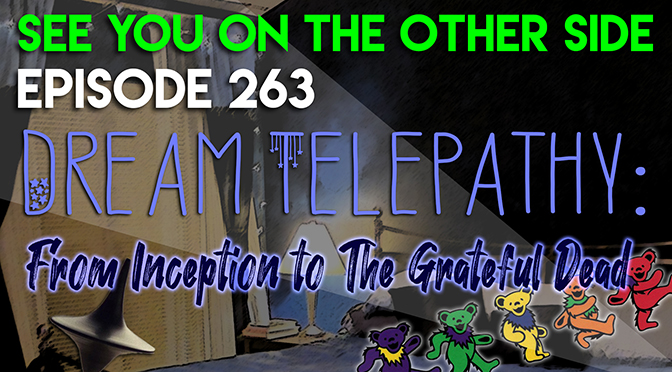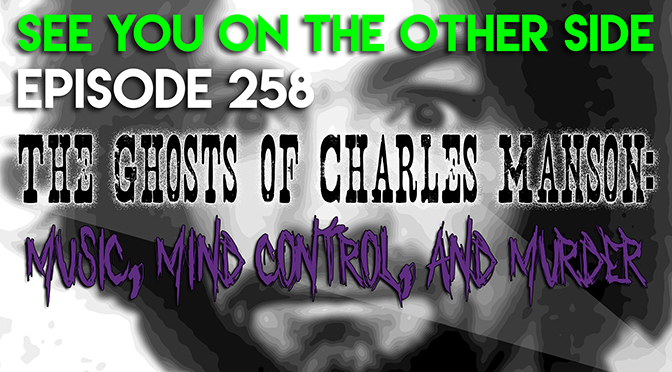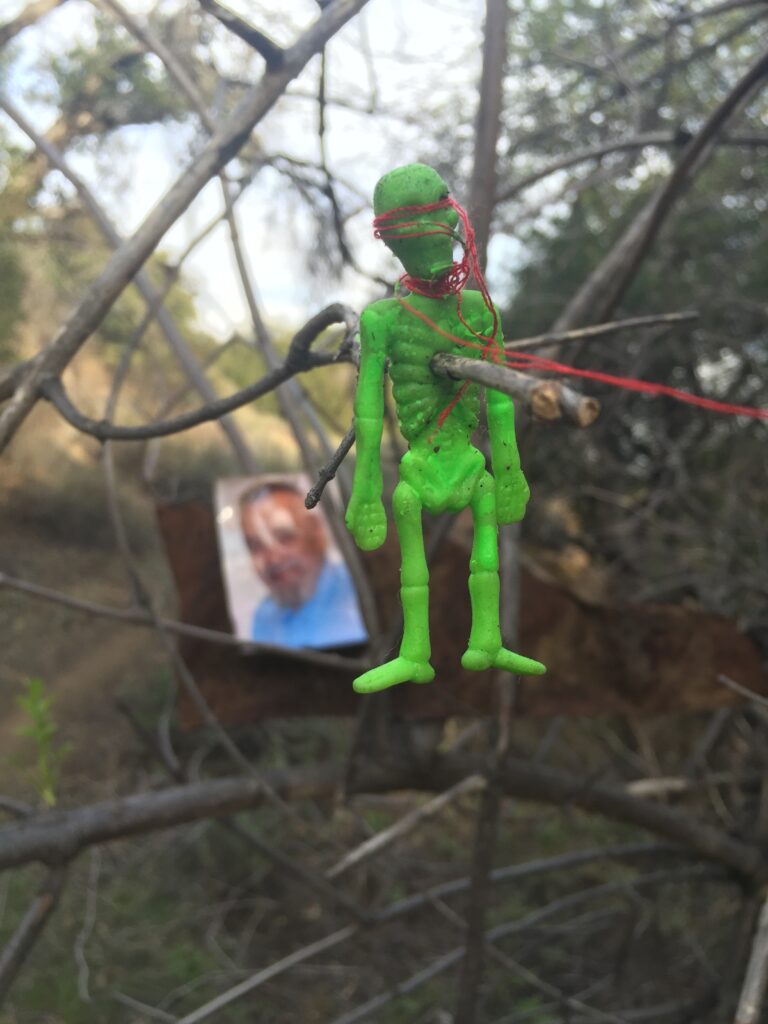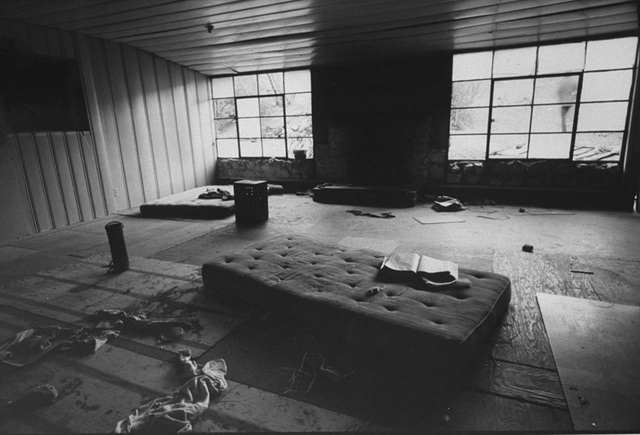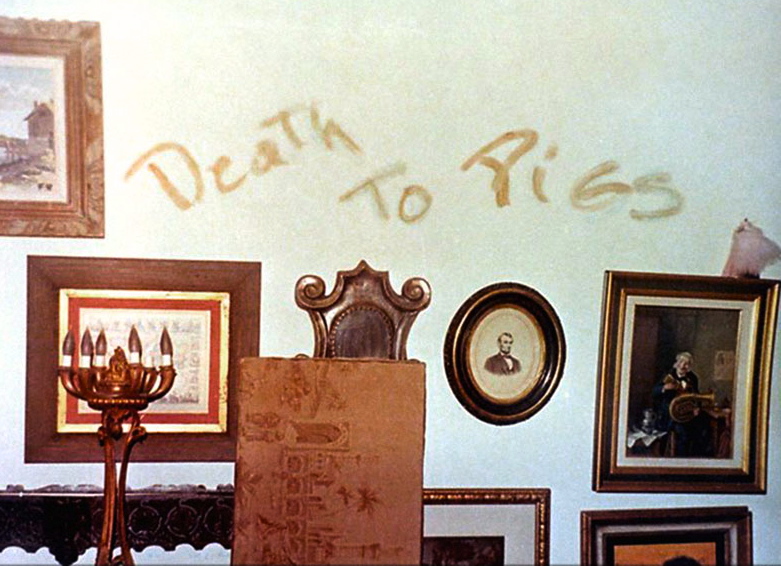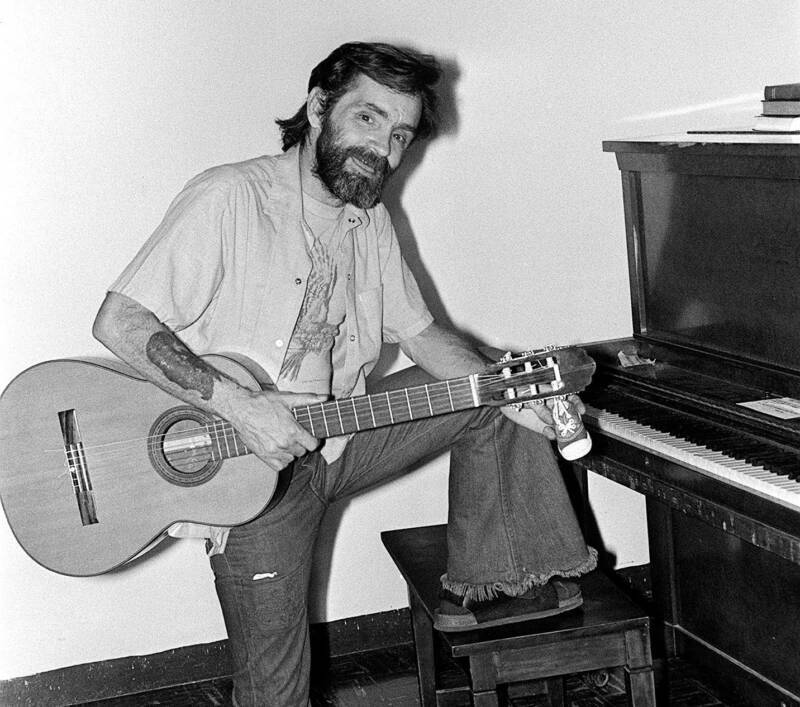Podcast: Play in new window | Download
Subscribe: Apple Podcasts | RSS | More
We live as we dream – alone…
– Joseph Conrad, Heart of Darkness
Or do we?
– Me
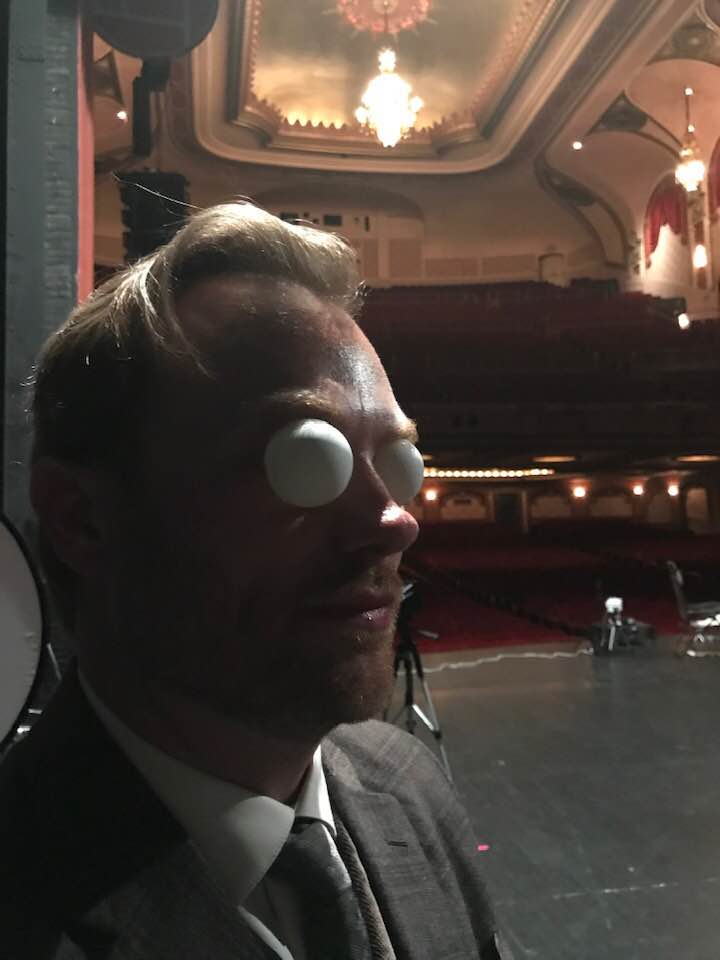
We’ve talked about dream interpretation before (Episode 129 and Episode 53 in particular are a good place to start) and we’ve discussed the idea of dreams as parallel universes. Of course, we’ve talked about the Succubi and the demons of our nightmares as well. And trying to control your dreams through lucidity was our second episode! Dreaming is the the ultimate looking inward, it’s us actually living inside our own thoughts.
For millennia, humans have considered the dreamstate to be something mystical. After all, it’s a place where anything can happen. Dead loved ones can appear to you, friends can return, you can imagine what life would be like if you had made a different choice, and it all feels real. The thing about dreams is that it feels just as real as regular waking life.
You might not meditate, drop acid, or take magic mushrooms, but you experience an altered state of consciousness every night. When you fall asleep, you dream. Even if you don’t remember your dreams, you still dream when you enter REM (Rapid Eye Movement) sleep.
And if we believe that paranormal experiences happen to us in an altered state of consciousnesss, when are they most likely to happen except for the altered state that we naturally go into every single night?
What if we don’t have to be alone while we dream? What if someone can communicate with us, or even join us?
Inception was the latest movie to use this idea, but of course, we’re also big fans of Dreamscape (one of our friends even worked in the art department for that Dennis Quaid classic!) So, when it comes to dream telepathy, we’re trying to find out what is real and what isn’t, what scientists have proven and what they haven’t.
In this episode, we’ll talk about the most famous dream research, from Sigmund Freud (he’s the man who really introduced dream interpretation into the modern era with his “talking cure”) to Dr. Stanley Krippner, who did dream ESP research for decades, to the latest studies that prove there’s actually something significant (even if it’s only statistically right now) more to our dreams than just a “undigested bit of beef, a blot of mustard, a crumb of cheese, or a fragment of underdone potato”! Here’s what we cover:
- Scientists who were able to induce certain kinds of dreams in mice (real-life Inception) and how they were able to do it
- The history of dream research and studies done in the Victorian Era
- How Montague Ullman at the Maimonides Dream Laboratory developed their research methodology
- Stanley Krippner’s original experiment of Dream Telepathy at a Grateful Dead concert
- Our own experiment trying to recreate Krippner’s work at the Wisconsin State Fair
- The very cool recent study showing that healthy people can correctly identify sickness in others through dreaming by just seeing their photos
For the song this week, we picked a track off our first album where “dreams”, whether they be of the “wake up in a cold sweat” kind, or of the daydreaming your future kind, can have a huge impact on your life. They can paralyze you as well as energize you. Because no matter where the dreams are coming from, you have to pay attention to them, so you don’t get stuck!
Woke up this morning paralyzed by a dream,
Stared at my ceiling for an hour,
Prayed a little, thought a little, then got outta bed.
Then I went to work at nothing for what seemed like forever.
The days turn to hours,
the minutes race past.
Dreams have this way with me, moving too fast.
We danced until dawn under endless sky,
but when I woke up, it had passed me by.
I’m falling behind in the human race,
cuz all of my life I’ve been running in place.
The boys with big dreams have to pick up the pace,
or all of our lives we’ll be running in place.
This room looks so old and worn and beat,
I stared out my window for an hour.
When you have too much ambition than it’s worse than none at all,
when you’re waiting for a sign that will never come.
The days turn to hours,
the minutes race past.
Dreams have this way with of outreaching my grasp.
We danced until dawn under endless sky,
but when I woke up, it had passed me by.
I’m falling behind in the human race,
cuz all of my life I’ve been running in place.
The boys with big dreams have to pick up the pace,
or all of our lives we’ll be running in place.
